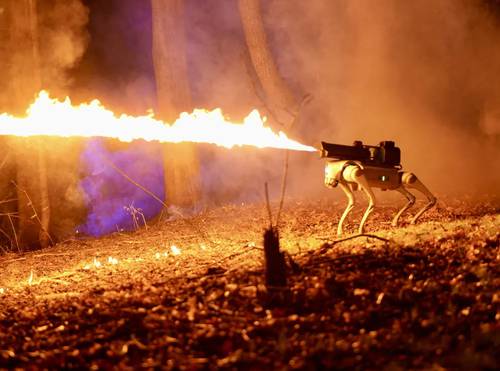- Thu. Apr 25th, 2024
Latest Post
The Spanish Stock Market: Navigating Political and Regulatory Challenges Amidst a Conservative Investment Landscape
The Spanish stock market experienced fluctuations throughout the day, ending slightly negative with a 0.5% drop below 11,000 points. Despite the political instability in Spain, which has been compared to…
Plastic Pollution Crisis: 50% of Abandoned Plastic Waste Untraceable to a Specific Brand, Study Finds
New research has shed light on the sources of plastic pollution in the environment, with half of nearly two million pieces of plastic waste found to be untraceable to a…
Student Discovers Potential New Bladder Cancer Treatment using Vitamin C, Wins First at Science Fair
Naina Chopra from Dougherty Valley has won first place at the Contra Costa Science & Engineering Fair and will now be advancing to the California Science & Engineering Fair to…
Kaiser Foundation Health Plan Suffers from One of the Largest Health-Related Data Breaches of 2023: 13.4 Million Members’ Information Compromised
Recently, the U.S. health conglomerate Kaiser Foundation Health Plan notified millions of its members of a data breach that occurred earlier this month. According to a legally required notice filed…
Flamethrowing Robot Dog Takes the World by Storm: Meet Thermonator
A new quadruped robot called Thermonator, equipped with a flamethrower, is now available for purchase in the United States. Manufactured by Throwflame, the oldest flamethrower manufacturer in the country, Thermonator…
United States Condemns Hamas as Terrorist Organization: John Kirby Slams Group for Violence and Refusing Peace”.
John Kirby, the National Security Council Strategic Communications Coordinator, has condemned Hamas as a terrorist organization and stated that the United States will not support the creation of a Palestinian…
Discovering the World’s Oldest Bread: Unraveling Ancient Food Preservation Techniques
A groundbreaking discovery has been made by archaeologists in the Stone Age settlement of Çatal Hüyük in Anatolia, Turkey. The world’s oldest bread, dating back approximately 8,600 years, was found…
Breaking the Limits: One Man’s Journey to Normalcy with a Successful Artificial Hip Replacement
Mr. Dong, a 52-year-old man, has been dealing with ankylosing spondylitis of the hip since childhood. His condition gradually worsened over time, causing his legs to be 4 cm apart…
Egypt Boosts Economic Growth with Approval of Two New Investment Zones and Tourist Port
On Wednesday, the Egyptian Council of Ministers, led by Dr. Mostafa Madbouly, made two significant decisions that will boost economic growth and investment opportunities in the country. The council approved…
Porter Robinson Brings Thrilling Night of EDM to Nashville as Part of SMILE! World Tour
Porter Robinson, an immensely talented DJ, record producer, and singer-songwriter, is set to bring a thrilling night of EDM to Nashville as part of his upcoming tour. The event will…

:quality(75)/cloudfront-us-east-1.images.arcpublishing.com/elcomercio/M5RXH5QYZ5D73J4N5OT6WERUFM.jpg)


